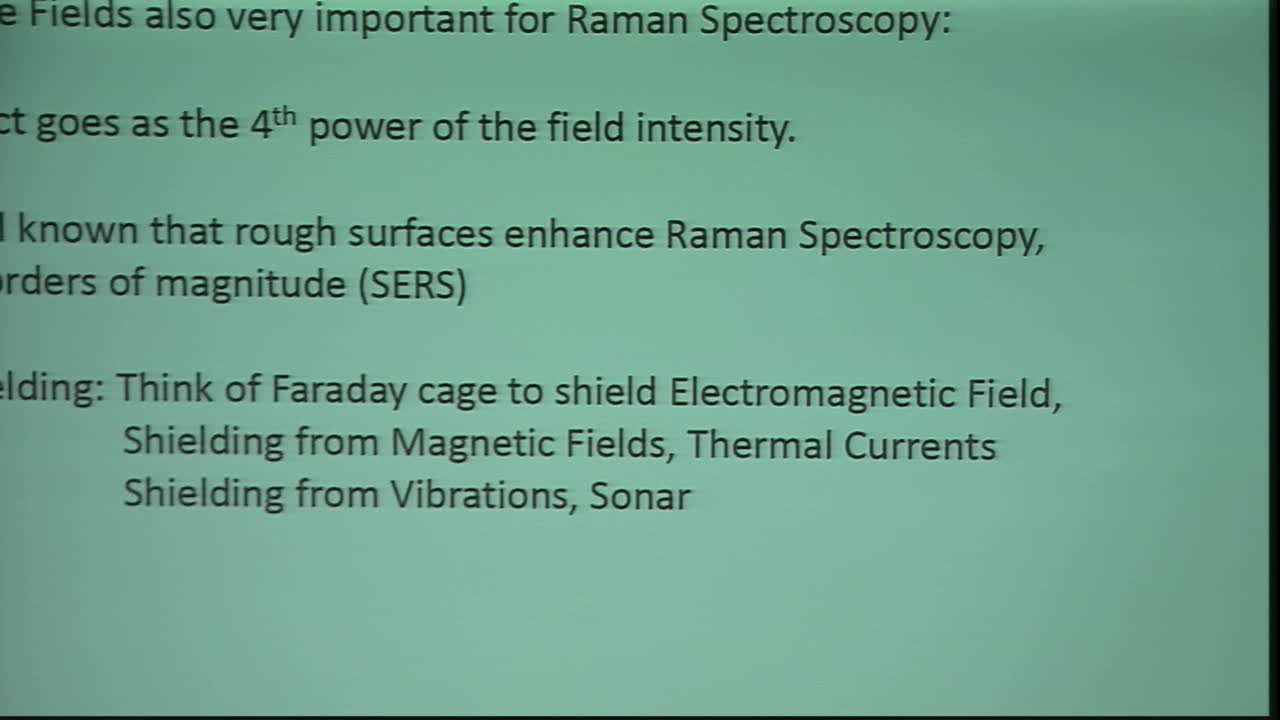Optimal Pentamodes for Guiding Stress
Presenter
March 1, 2018
Keywords:
- Pentamodes, Guiding Stress, Metamaterials
Abstract
If one seeks a two-phase conducting structure that is optimal for guiding a maximum amount of current in a desired direction, then the answer seems intuitively obvious. Just put the high conducting phase as layers or wires in the poor conducting phase. This was proved rigorously by Raitum (1978,1993). The analogous question for elasticity is easily posed: for a given prescribed average strain what range of values can the average stress take as the microgeometry varies over all configurations? Thus, the objective is to obtain sharp bounds on the possible (average stress, average strain) pairs for two phase composites in which the volume fractions of the phases are prescribed, and to identify the optimal geometries that generate (average stress, average strain) pairs that are on the boundary of what is achievable. These optimal geometries are the most desirable for guiding stress if at the same time one wants to minimize compliance (which ensures that one is maximizing the flow of stress).
We can now answer this question for 3d-printed materials that are composites of a single elastic phase and void [1]. The optimal geometries turn out to be a particular class of pentamode structures that we call optimal pentamodes. Pentamodes are like fluids or gels in that they only support one loading; unlike fluids or gels this loading is not necessarily hydrostatic, but could be a combination of hydrostatic and shear forces. We also have a partial answer to the much grander question of identifying the set of possible elasticity tensors (including anisotropic ones) of 3d-printed materials constructed from a given elastic material with known elastic constants, and we can identify many extremal geometries with elasticity tensors on the boundary of what one can achieve. We characterize many parts of the surface of the set of possible elasticity tensors. This is no easy task as completely anisotropic 3d-elasticity tensors live in an 18-dimensional space of invariants, much more than the two invariants (bulk and shear moduli) that characterize isotropic elasticity tensors. Unfortunately, the geometries we find are rather extreme but this should motivate the search for more realistic ones that come close to having the desired elasticity tensors. Also, not all parts of the surface are characterized, even for elastically isotropic composites. Further progress will require new ideas.
